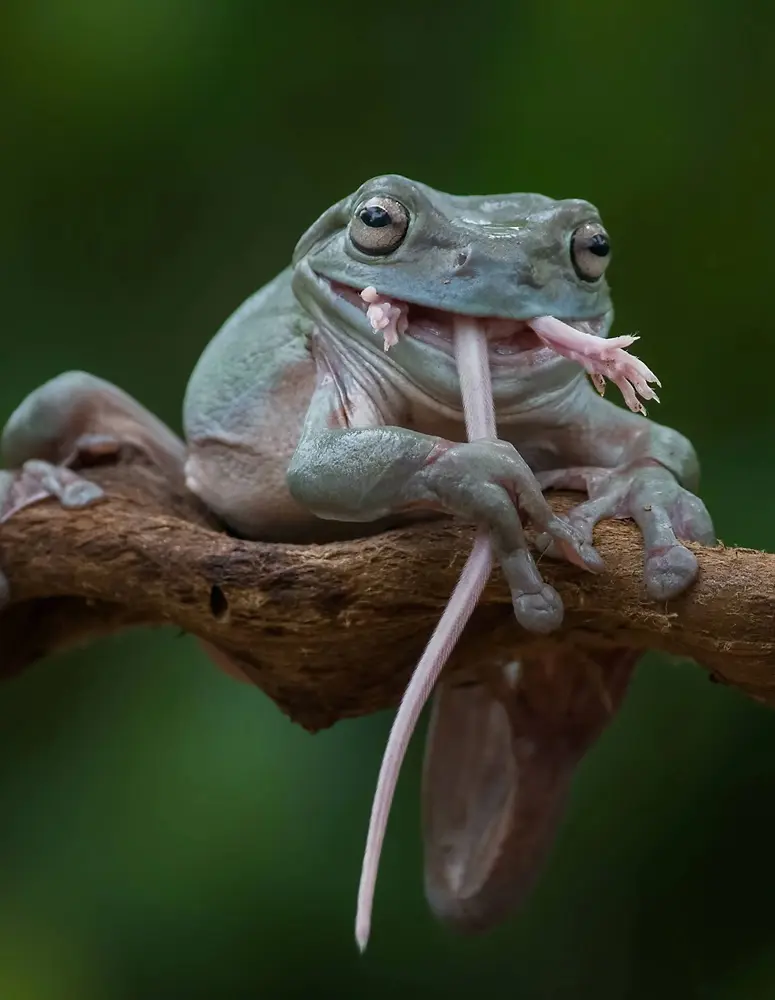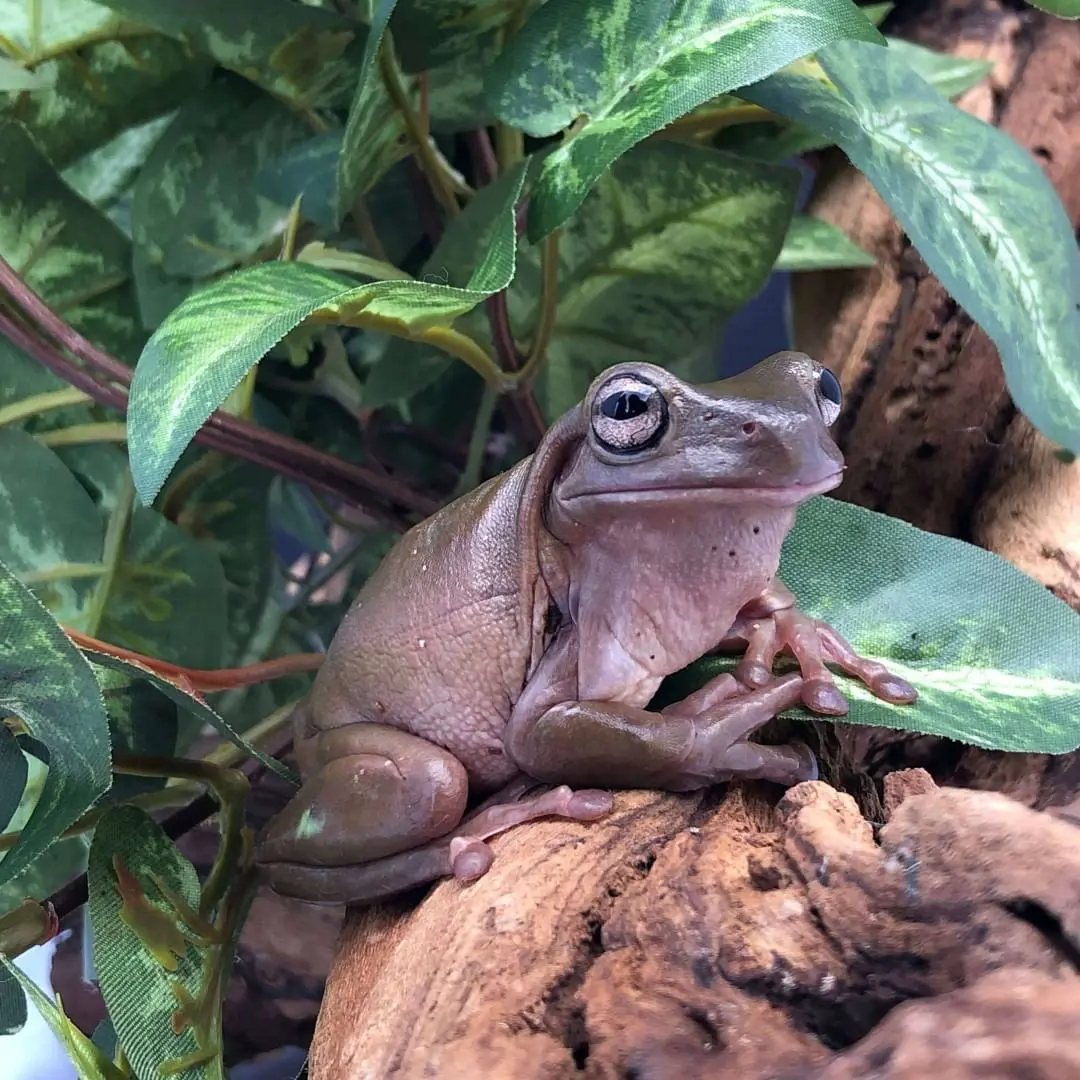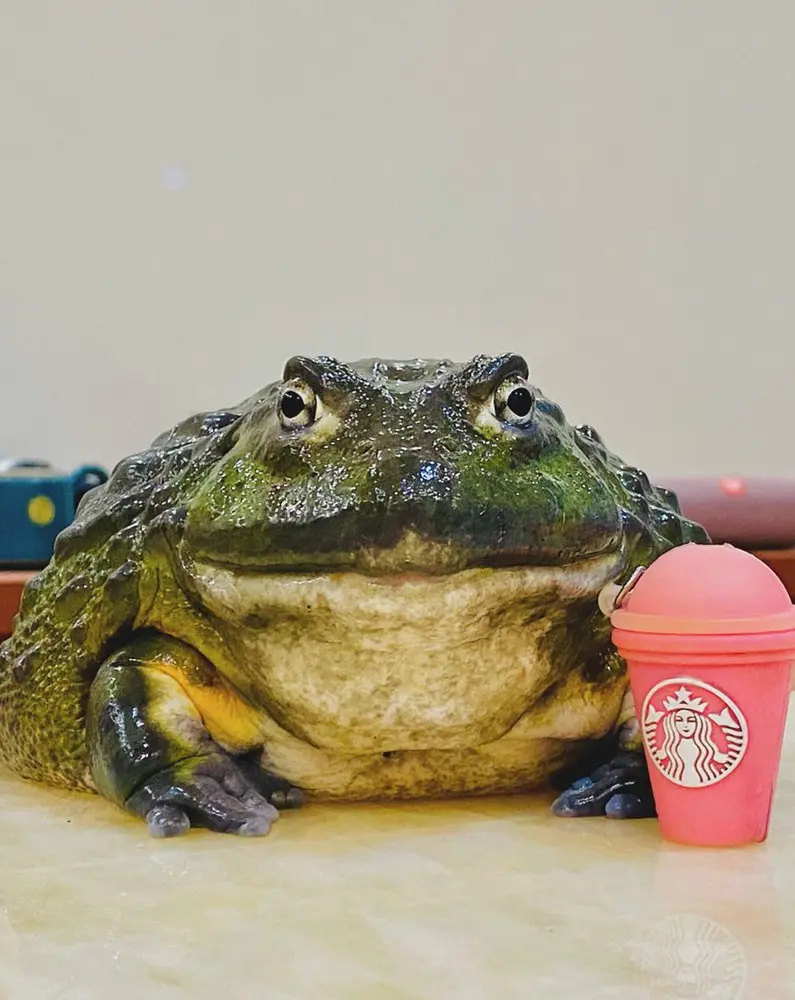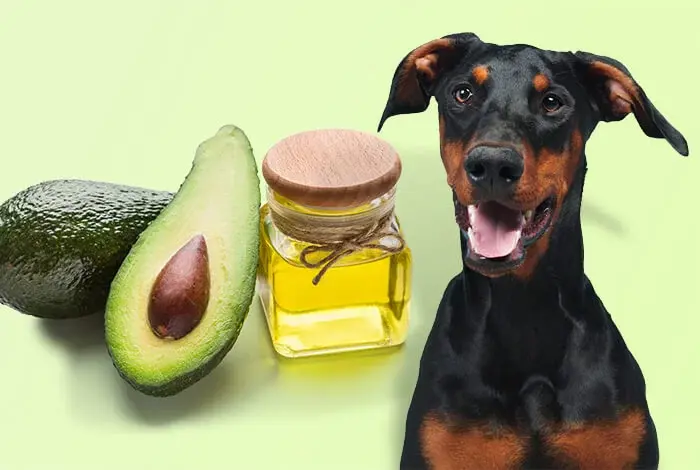20 Human Food Guinea Pigs Can Eat
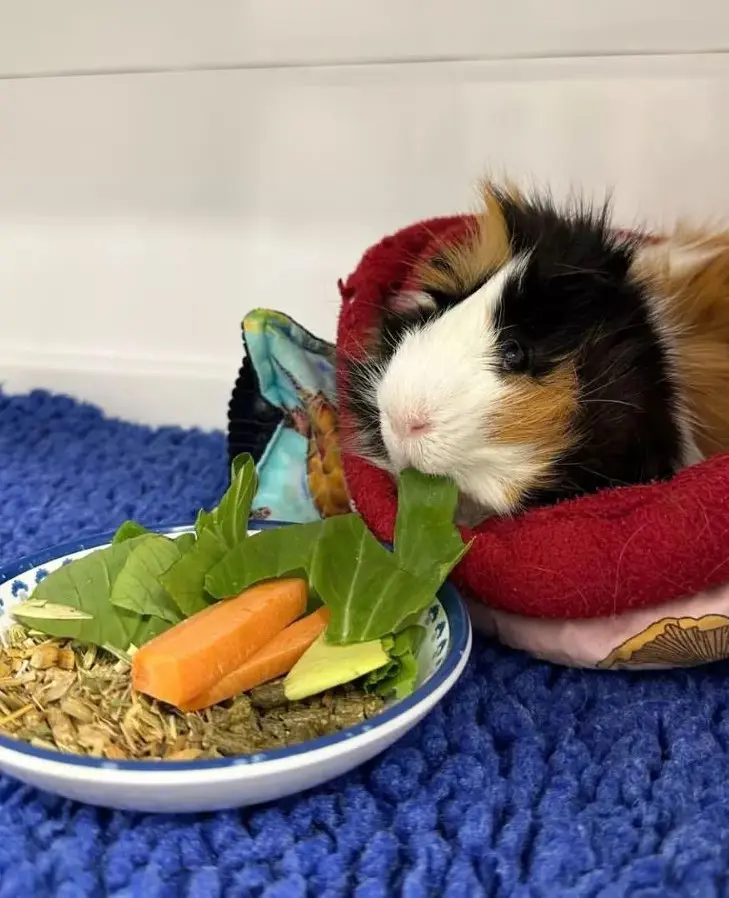
The most staple thing in a guinea pig’s diet is hay. Their teeth are always growing, so they need hay to wear down their ever-growing teeth.
However, if you want to change up your guinea pig’s diet, there are many human foods guinea pigs can eat. Guinea pigs are herbivores and, therefore, should only be fed plant-based food.
You cannot feed them dairy, eggs, meat, or insects. You have to feed them fresh vegetables and a limited amount of fruit. However, you can only feed them certain kinds of fruits and vegetables. So here are 20 human foods guinea pigs can eat.
1. Bell Pepper
Guinea pigs can eat bell peppers of all colors. They are an amazing source of Vitamin C and can help prevent scurvy. These tiny animals cannot formulate vitamin C and are prone to scurvy. Hence, they need supplemental vitamin C from foods.
If you are feeding bell peppers for the first time, ensure you slowly incorporate them into their diet by giving them little portions. You can slowly work your way up two half-inch slices a day.
Do not forget to remove all the seeds, as they are a choking hazard, and avoid feeding them the stems and leaves. Also, pay attention to how their body reacts to the peppers, like whether they have diarrhea, a sign of overfeeding.
2. Carrots
Carrots contain essential nutrients like vitamins A, K, and C and calcium. These nutrients are important for the guinea pigs, so they should be fed carrots.
However, avoid overfeeding because it can cause urinary tract issues. You should be able to tell if you are overfeeding when you check your guinea pig's urine. You will see small, white granules, which are calcium deposits in their urine.
You could cut the carrot into bite-sized pieces like half-inch cubes or even smaller, depending on the size of your guinea pig. You could also cut the carrot into thin slices or create carrot ribbons with a vegetable peeler.
3. Cucumber
Another human food that guinea pigs can eat is cucumber. Cucumbers contain water and are a good source of hydration. They also contain essential nutrients that can benefit the furry little animals. These animals can eat the flesh, skin, and seeds, so you do not have to deseed them.
However, cucumber should not be the main component of their diet. Therefore, feed small amounts, like 1 to 2 tablespoons, a few times a week with other vegetables like bell peppers and romaine lettuce.
Wash the cucumber thoroughly and cut into small pieces before feeding to avoid choking hazards.
4. Zucchini
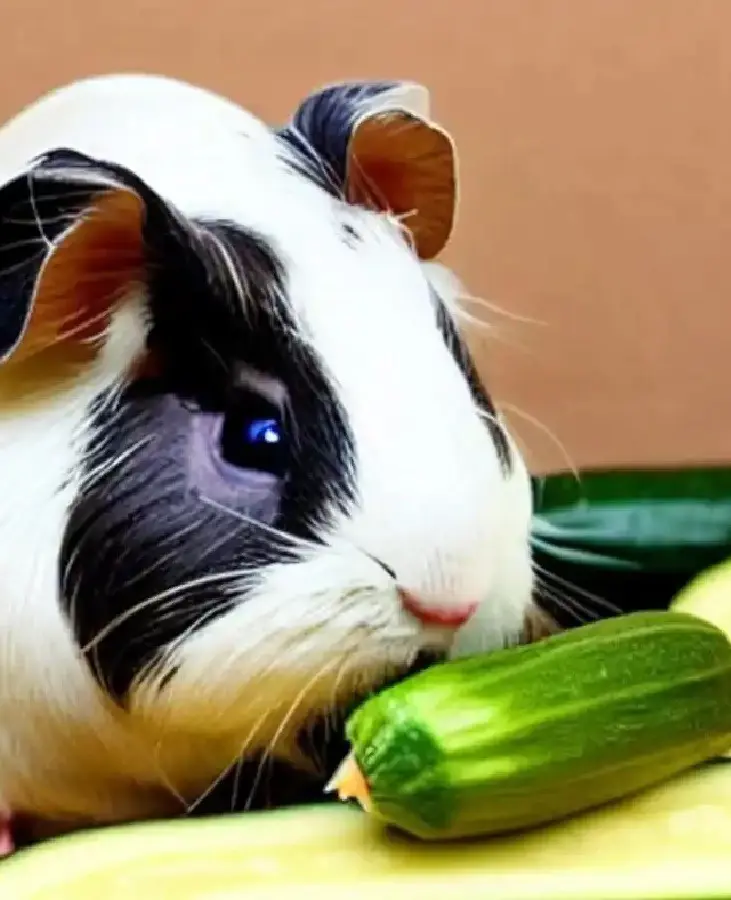
Zucchini, or courgette, is safe to feed guinea pigs. They offer many health benefits and can help with your piggy’s hydration. However, they should not be the only vegetable you feed them daily.
Guinea pigs need a cup of fresh fruits and vegetables daily, so you might have to feed them zucchini with other vegetables mentioned on this list, and 40 grams of fresh zucchini daily should be adequate. Do not use processed or canned varieties that contain added sugars and preservatives. Ensure you cut them into bite-sized.
If your guinea pig does not finish the zucchini, remove the leftovers from the cage to prevent illness from rotted foods.
5. Romaine Lettuce
Romaine lettuce is one of the best foods you can feed your guinea pigs.
These leafy greens should make up the bulk of their diet, but it should not be the only thing you feed them. They should be fed with other vegetables. You can feed your piggy 1 to 3 leaves anywhere from five to seven times a week, depending on their size.
However, refrain from feeding iceberg lettuce. Iceberg lettuce has very little nutritional value and can cause digestive problems in guinea pigs. These lettuce's high water content interferes with the digestion of more nutritious foods.
6. Kale
Another leafy greens that guinea pigs can eat is kale. Kale is healthy not just for humans but for these furry little animals as well.
The leafy green is a superfood and provides a myriad of health benefits to the piggies. It contains vitamins and minerals which are good for heart and lung function.
But, do not offer more than a handful of kale daily. If you overfeed them, problems might arise. Kale is high in vitamin A, and if your guinea pigs are fed too much vitamin A, they will develop dry, scaly skin. This is a sign to reduce the amount you feed them.
7. Spinach
Most piggies love spinach, and it is safe for them. They are high in vitamins A, K, and C and calcium. These nutrients are beneficial for the piggies’ health. You should feed them raw spinach and not frozen or cooked ones. As for the quantity, 40 grams daily is safe for the piggies.
Like most vegetables, spinach can be toxic if you feed them too much. The calcium in spinach can cause bladder stones. Bladder stones can cause excruciating pain to your little pets and can only be removed through operation. Therefore, prevention is better than cure.
8. Parsley
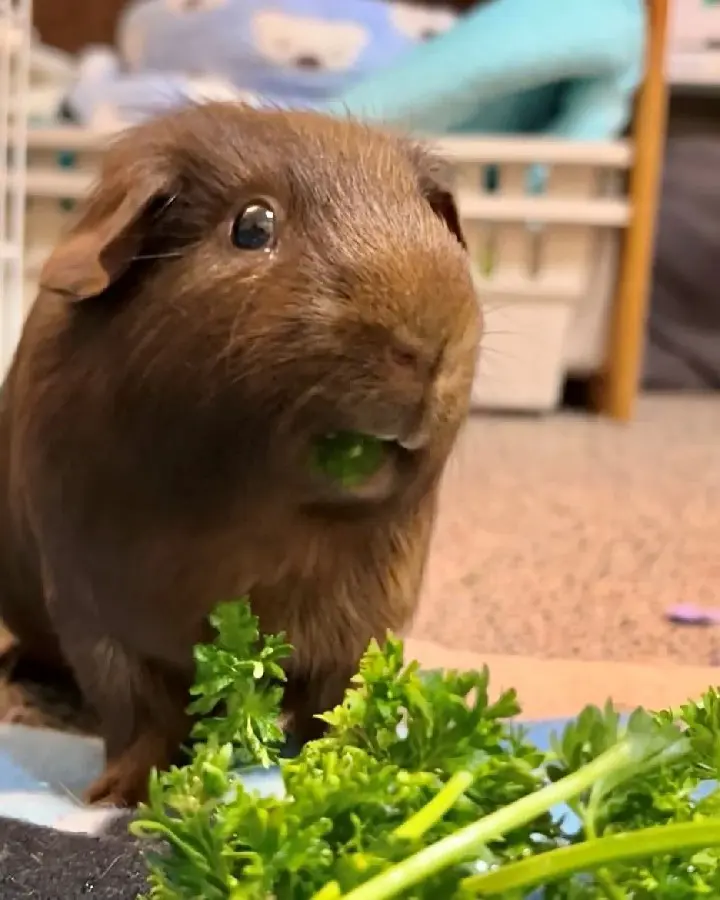
Guinea pigs can eat parsley. This herb is fantastic for the piggies because they are high in vitamin C while having low amounts of sugar. This makes the herb healthier than carrots, which have five times the sugar.
You can feed your piggies small servings, like one or two sprigs, 2 to 3 times a week. Ensure you wash the parsley thoroughly to remove pesticides and dirt. Then, tear/chop the parsley into manageable pieces to avoid choking hazards.
Do not feed them wilted or dried varieties. Always feed fresh parsley.
9. Sweet Potatoes
Guinea pigs love sweet potatoes. They are sweet and starchy, everything a guinea pig wants in their meal.
However, do not be mistaken. They cannot consume potatoes, only sweet potatoes. These starchy vegetables are high in potassium, which keeps the heart healthy and helps maintain proper fluid levels in their cells.
Although sweet potatoes are nutritious, you should feed them only once or twice a week because they contain too much sugar.
Before serving the potatoes, scrub them to remove pesticides or dirt. Then, cut the potatoes into half an inch by half an inch. Avoid feeding cooked sweet potatoes, as guinea pigs cannot digest them.
10. Broccoli
Broccoli is safe and healthy for guinea pigs. It contains plenty of fiber and helps keep their digestive systems healthy.
They can eat all parts of the broccoli, from the stem and florets to the stalks. Chewing on this crunchy vegetable will help them maintain good dental health and keep their ever-growing teeth at a comfortable length.
You should feed broccoli occasionally and in small quantities to avoid gas and bloating. Gas and bloating might sound normal because it is manageable for humans. But it can be fatal for guinea pigs, so avoid overfeeding this cruciferous vegetable.
11. Cauliflower
Another vegetable similar to broccoli that guinea pigs can eat is cauliflower. Like broccoli, they can eat the entire cauliflower from the leaves and stalk to the florets.
Cauliflower contains omega fats that can help give your guinea pig a soft, shiny coat. Additionally, it may aid in preventing osteoarthritis, a condition that older guinea pigs often develop.
If you are feeding the cauliflower for the first time, you can serve your piggy a half-inch floret or a single leaf first. Then, check your piggie's excrement, and if it seems normal, you can feed a one-inch floret once or twice a week!
12. Tomatoes

You can feed your guinea pigs tomatoes. There are many health benefits, such as maintaining digestive health and assisting bone development and tissue growth. Tomatoes also contain vitamin C, which guinea pigs lack but need.
As much as they are healthy, they can be toxic if you overfeed them. They will develop sores on their mouth if you overfeed tomatoes. This condition is called Cheilitis and is caused by the acid in the tomatoes.
Do not feed them unripe tomatoes, which are green parts of the tomatoes, stems, and leaves, as this could kill them.
13. Celery
Celery is another safe and healthy vegetable that guinea pigs can eat. All parts, from the celery roots and stalks to its leaves, are safe for piggy consumption.
These crunchy vegetables are a good source of water, vitamins, and minerals. However, you should feed them only a few times per week. Think of it as more of a treat than a meal.
The best way to prepare celery is to cut it into small pieces. Cut the stalks into a small portion since it tend to get a little stringy after chewing. The stringy bits can choke guinea pigs.
14. Green Beans
Green beans should be a part of a guinea pig’s healthy and nutritious diet. They are safe to eat and provide a host of health benefits thanks to their fiber, iron, and calcium content. They also have high water content, which can contribute to their overall hydration.
If you choose to feed green beans, opt for the organic ones, as they are free of harmful waxes and pesticides.
One or two whole average-sized beans for one to three times a week should be enough. Do not feed them canned beans as they contain high levels of sodium and preservatives, which are dangerous for guinea pigs.
15. Peas
Like green beans, peas are safe for guinea pigs. As with most vegetables, they contain fiber and vitamin C, two essential nutrients that guinea pigs need to stay healthy. Cut the peas into halves if they are big, and mash them a tad bit to avoid choking.
Peas should be fed in moderation and not as a main component of a guinea pig's diet. These vegetables contain more sugar than other vegetables and lead to digestive problems.
They are best enjoyed as an occasional treat since they do not provide complete nutrition for guinea pigs.
16. Apples
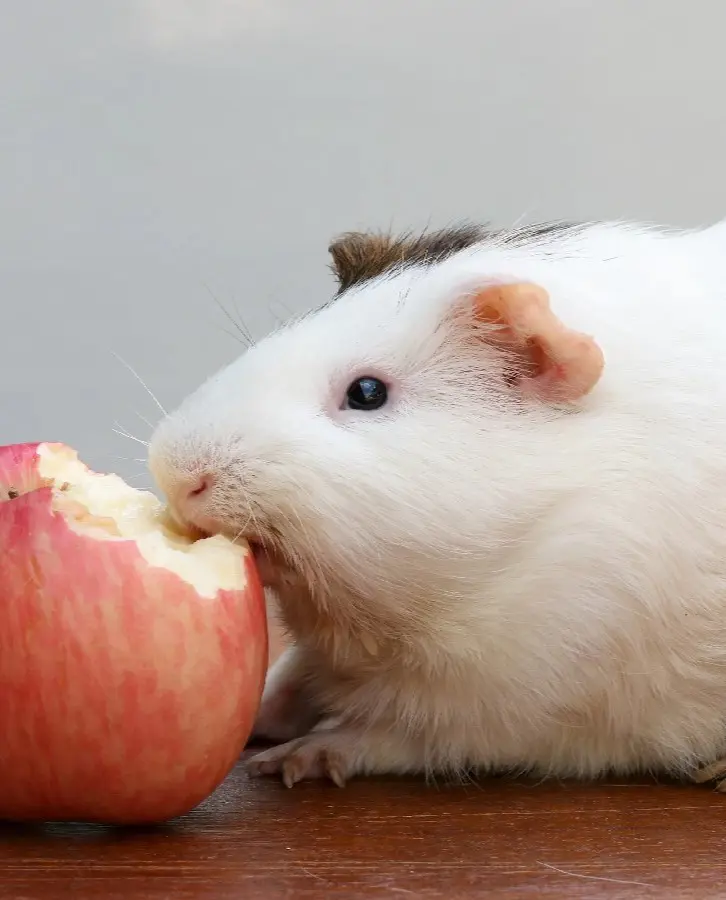
Apart from vegetables, guinea pigs also need fruits in their diet. One fruit safe for these animals is apples. Apples contain vitamins like iron, magnesium, and potassium, which have a plethora of benefits for the body, like anti-inflammatory properties and healthy sugar levels.
You can treat your piggies to two one-inch slices of an average-sized apple once or twice a week. They can eat the skin but remove the seeds and core as they are a choking hazard. Avoid overfeeding apples as they are high in sugar, and sugar, as we mentioned before, is harmful to guinea pigs.
17. Blueberries
Blueberries are high in antioxidants and vitamins, making them a great choice for guinea pigs. The vitamins help maintain bone health, blood clotting, and wound healing, while the antioxidants prevent free radical damage that causes diseases.
However, moderation is key. These fruits contain sugar, which can lead to tooth decay, diarrhea, obesity, and even diabetes. Experts advise feeding only one or two blueberries at a time, once or twice a week.
They do not have to be cut into small pieces as they are already small. Washing them properly to remove pesticides and dirt should be enough.
18. Strawberries
Guinea pigs love strawberries as much as humans, and luckily, it is also safe for them. Strawberries contain plenty of vitamin C and antioxidants. These nutrients help your guinea pig’s cardiovascular and digestive health.
And the best part? It does not contain as much sugar as other fruits, making them healthier. You can feed adult guinea pigs who have eaten strawberries before two small or one medium strawberry for a week.
You can cut the strawberry in half or into slices and give that serving once or twice a week, or you can give them a whole small strawberry.
19. Oranges
Unlike humans, guinea pigs can safely consume the flesh and skin of oranges. It is best to feed the citrus to your cavy once or twice a week.
The portion should be about the size of your thumb or one regular fruit wedge. If you decide to give them the skin, wash it thoroughly to remove any pesticides, as these can make your guinea pig ill.
Do not feed them more than the recommended serving, as overfeeding can lead to an uncomfortable, upset stomach. The high sugar content can also lead to diabetes.
20. Watermelon
It is perfectly all right to feed your guinea pigs some refreshing watermelon on a hot day.
They are rich in water content and an excellent source of essential vitamin C. However, moderation is crucial as it is high in sugar.
The recommended serving size would be two or three square-inch cubes once a week. Choose seedless varieties or remove seeds to avoid choking hazards. You can also feed them the rinds which are better than the flesh because they contain less sugar.
Top Lists





